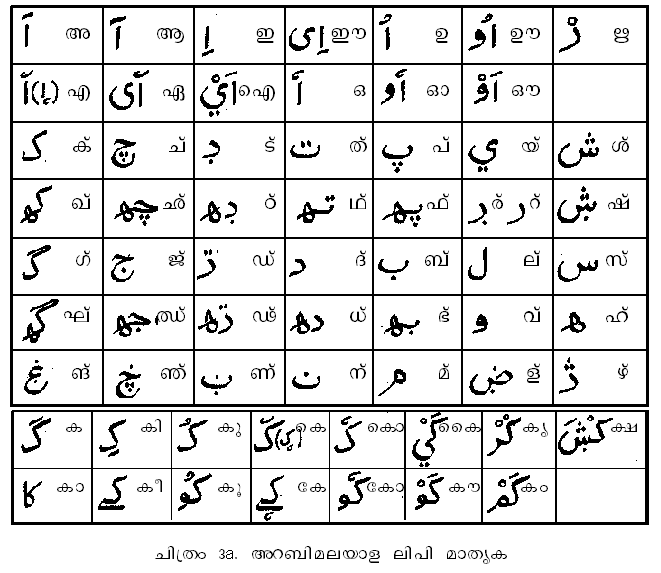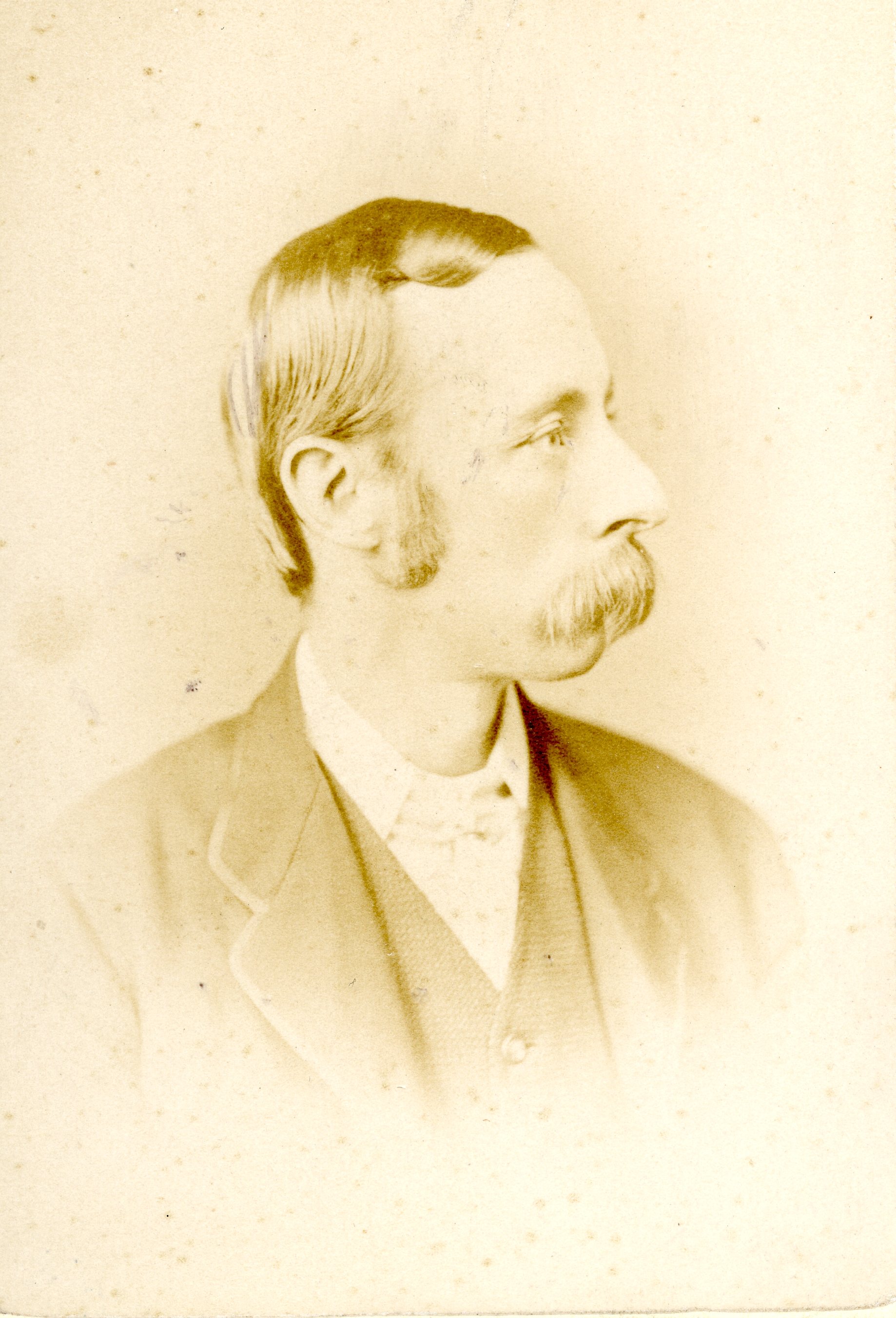|
Malayalam Literature
Malayalam, the lingua franca of the Indian state of Kerala and the union territories of Lakshadweep and Puduchery, is one of the six Classical languages of India. Malayalam literature comprises those literary texts written in Malayalam, a South-Dravidian language spoken in the Indian state of Kerala. The first travelogue in any Indian language is the Malayalam ''Varthamanappusthakam'', written by Paremmakkal Thoma Kathanar in 1785. Malayalam literature has been presented with 6 Jnanapith awards, the second-most for any Dravidian language and the third-highest for any Indian language. The Sangam literature can be considered as the ancient predecessor of Malayalam. The origin of Malayalam calendar dates back to year 825 CE. It is generally agreed that the Quilon Syrian copper plates of 849/850 CE is the available oldest inscription written in Old Malayalam. The earliest known literary works in Malayalam are ''Ramacharitam'' and ''Thirunizhalmala'', two epic poems written in Old ... [...More Info...] [...Related Items...] OR: [Wikipedia] [Google] [Baidu] |
Thirunizhalmala
Thirunizhalmala ("Garland of the Sacred Shade" or "Grace") is a c. 13th century " pattu" genre poem in Malayalam language. Along with "Ramacharitham", it is one of the earliest extant poems in Malayalam. It is generally considered as a work associated with the Vaishnavite bhakti movement in south India. It is sometimes called "the first religious work in the Malayalam". "Thirunizhalmala" was discovered by scholar M. M. Purushothaman Nair in 1980. "Thirunizhalmala" is composed, most probably by a high caste poet (from certain "Kurumur Palli"), in local meters and with Dravidian orthography. It is assumed that the work predates the famous "Ramacharitham" by around a century. The manuscript of the poem was discovered from northern Kerala. Central topic of the poem is the description of the ritual life of Aranmula Temple in Pathanamthitta. The main rites described are the ancient rituals of the Malayar or Malayan community (performed to remove the various impurities of the gods). It ... [...More Info...] [...Related Items...] OR: [Wikipedia] [Google] [Baidu] |
Muhyadheen Mala
Muhyadheen Mala is an ode of praise for the Muhyadheen Abdul Khadir Al Gilani composed by the poet Khazi Muhammad of Kozhikode four centuries ago. Kerala Muslims celebrated its fourth century completion under cultural department last year. Al-Gilani succeeded the spiritual chain of Junayd Baghdadi. His contribution to thought in the Muslim world earned him the title Muhiyuddin (lit. "The reviver of the faith"), as he along with his students and associates laid the groundwork for the society which later produced stalwarts like Nur ad-Din and Saladin. His Sufi order named after him is generally thought to be one of the most popular Sufi orders of the Islamic world. Popularity of Muhyadheen Mãla Sufi Muslims have traditionally venerated the verses. The poem is memorized and recited in congregation A congregation is a large gathering of people, often for the purpose of worship. Congregation may also refer to: *Church (congregation), a Christian organization meeting in a particu ... [...More Info...] [...Related Items...] OR: [Wikipedia] [Google] [Baidu] |
Arabi Malayalam
Arabi Malayalam (also called Mappila Malayalam and Moplah Malayalam) is the traditional Dravidian language of the Mappila Muslim community. It is spoken by several thousand people, predominantly in the Malabar Coast of Kerala state, southern India. The form can be classified as a regional dialect in northern Kerala, or as a class or occupational dialect of the Mappila community. It can also be called a vernacular in general, or as a provincial patois, with the latter label being increasingly applicable in Colonial times. All the forms of the Malayalam language, including Mappila, are mutually intelligible.Subramoniam, V. I. (1997). ''Dravidian Encyclopaedia''. Vol. 3, Language and literature. Thiruvananthapuram (Kerala): International School of Dravidian Linguistics. pp. 508-09/ref> The Mappila form shows some lexical admixture from Arabic and Persian.Krishna Chaitanya. ''Kerala. India, the Land and the People.'' New Delhi: National Book Trust, India, 1994/ref> The variety ... [...More Info...] [...Related Items...] OR: [Wikipedia] [Google] [Baidu] |
Ponnani
Ponnani () is a municipality in Ponnani Taluk, Malappuram District, in the state of Kerala, India. It serves as the administrative center of the Taluk and Block Panchayat of the same name. It is situated at the estuary of Bharatappuzha (River Ponnani), on its southern bank, and is bounded by the Arabian Sea on the west and a series of brackish lagoons in the south. It is the seventh-most populated municipality in the state, the second-most populated municipality in the district, and the most densely populated municipality in Malappuram district, having about 3,646 residents per square kilometre as of the year 2011. As of the 2011 Census, the municipality forms a part of Malappuram metropolitan area. National Highway 66, from to Panvel to Kanyakumari, passes through Ponnani Municipality. The Palakkad-Ponnani State Highway which connects National Highway 66 with National Highway 544 is another important road. The River Tirur joins River Ponnani at ... [...More Info...] [...Related Items...] OR: [Wikipedia] [Google] [Baidu] |
Bharathappuzha
Bharathappuzha ("River of Bhārata"), also known as the Nila or Ponnani River, is a river in India in the state of Kerala. With a length of 209 km, it is the second longest river that flows through Kerala after the Periyar. It flows through Palakkad Gap, which is also the largest opening in the Kerala portion of Western Ghats. Nila has groomed the culture and life of South Malabar part of Kerala. It is also referred to as "Peraar" in ancient scripts and documents. River Bharathapuzha is an interstate river and lifeline water source for a population residing in four administrative districts, namely Malappuram and Palakkad districts, and parts of Palakkad-Thrissur district border of Kerala and Coimbatore, and Tiruppur of Tamil Nadu. The fertile Thrissur-Ponnani Kole Wetlands lie on its bank. Etymology The river has five names - Bharathappuzha, Ponnani River, Nila, Perar, and Kuttippuram River, of which the first name is more popular. The river meets the Lakshadweep Sea ... [...More Info...] [...Related Items...] OR: [Wikipedia] [Google] [Baidu] |
Kunchan Nambiar
Kunchan Nambiar was a prominent Malayalam poet of the 18th century (1705-1770). Apart from being a prolific poet, Nambiar is also famous as the originator of the dance art form of Thullal, most of his works were written for use in Thullal performances. Social criticism wrapped in humor is the hallmark of his works. Nambiar is one of the foremost comedians in Malayalam. Nambiar is believed to have been born at ''Kalathu Veedu'' at Killikkurussimangalam in Palakkad district of the south Indian state of Kerala;. He spent his early childhood at Killikkurussimangalam, his boyhood at Kudamaloor and youth at Ambalappuzha, and learnt Kalaripayattu and Sanskrit from such masters as Mathoor Panickar, Dronaballi Naicker and Nannikod Unni Ravi Kurup, before moving to the court of Marthanda Varma of Travancore in 1748; later, he served at the court of his successor Dharma Raja. By the time he reached the royal court, he had already established himself as a poet. the later part of his ... [...More Info...] [...Related Items...] OR: [Wikipedia] [Google] [Baidu] |
Common Era
Common Era (CE) and Before the Common Era (BCE) are year notations for the Gregorian calendar (and its predecessor, the Julian calendar), the world's most widely used calendar era. Common Era and Before the Common Era are alternatives to the original Anno Domini (AD) and Before Christ (BC) notations used for the same calendar era. The two notation systems are numerically equivalent: " CE" and "AD " each describe the current year; "400 BCE" and "400 BC" are the same year. The expression traces back to 1615, when it first appeared in a book by Johannes Kepler as the la, annus aerae nostrae vulgaris (), and to 1635 in English as " Vulgar Era". The term "Common Era" can be found in English as early as 1708, and became more widely used in the mid-19th century by Jewish religious scholars. Since the later 20th century, BCE and CE have become popular in academic and scientific publications because BCE and CE are religiously neutral terms. They are used by others who wish to be sensit ... [...More Info...] [...Related Items...] OR: [Wikipedia] [Google] [Baidu] |
Poonthanam Nambudiri
Poonthanam Nambudiri (1547–1640AD) was a famous poet and a devotee of Guruvayurappan, who lived in Keezhattoor in what is now Malappuram district, Kerala, India. He is remembered for his masterpiece, ''Jnanappana'' which means "the song of divine wisdom" in Malayalam. His other chief poems in Malayalam are ''Bhasha Karnamritam'' and ''Kumaraharanam'' or ''Santanagopalam Pana''. His other works include ''Raghaviyam'', ''Vishnuvilasam'' and ''Sitaraghavam'' in Sanskrit and ''Vishnugeeta'' and ''Panchatantram'' in modern Malayalam. Many hymns and prayer songs which are still popular in Kerala have been attributed to Poonthanam. Early life Poonthanam was born in 1547 in the month of masi on the day of Aswini, at Keezhattoor, near Perinthalmanna in Malapuram district, into a Namboodiri Brahmin family. He married at 20, but for a long time, they had no children. He began to propitiate the Lord of Guruvayur by reciting the ‘ anthana Gopalam�� and a son was born. He call ... [...More Info...] [...Related Items...] OR: [Wikipedia] [Google] [Baidu] |
Thunchaththu Ezhuthachan
Thunchaththu Ramanujan Ezhuthachan (, ) (Malayalam: തുഞ്ചത്ത് രാമാനുജൻ എഴുത്തച്ഛൻ) (Floruit, ''fl.'' 16th century) was a Malayalam devotional poet, translator and linguist from Kerala, south India.He was one of the members of the :ml:പ്രാചീനകവിത്രയം, Pracheena Kavithrayam. He has been called the "Father of Modern Malayalam language, Malayalam", or, alternatively, the "Father of Modern Malayalam language, Malayalam Literature", or the "Primal Poet in Malayalam". He was one of the pioneers of a major shift in Kerala literary production (the domesticated religious textuality associated with the Bhakti movement). The number and circulation of his texts far outdo that of any other poet of premodern Kerala. Ezhuthachan was born in the Thunjan Parambu, Thunchaththu home at present-day Tirur, in present-day Malappuram district of northern Kerala, in a traditional Hinduism, Hindu family. Little is known ... [...More Info...] [...Related Items...] OR: [Wikipedia] [Google] [Baidu] |
Classical Language In India
Languages spoken in India belong to several language families, the major ones being the Indo-European languages spoken by 78.05% of Indians and the Dravidian languages spoken by 19.64% of Indians, both families together are sometimes known as Indic languages. Languages spoken by the remaining 2.31% of the population belong to the Austroasiatic, Sino–Tibetan, Tai–Kadai and a few other minor language families and isolates. As per the People's Linguistic Survey of India, India has the second highest number of languages (780), after Papua New Guinea (840). Ethnologue lists a lower number of 456. Article 343 of the Constitution of India stated that the official language of the Union is Hindi in Devanagari script, with official use of English to continue for 15 years from 1947. Later, a constitutional amendment, The Official Languages Act, 1963, allowed for the continuation of English alongside Hindi in the Indian government indefinitely until legislation decides to change ... [...More Info...] [...Related Items...] OR: [Wikipedia] [Google] [Baidu] |
Cherusseri Namboothiri
Cherusseri Namboothiri (Malayalam:ചെറുശ്ശേരി നമ്പൂതിരി) is a 15th-century Malayalam poet who belonged to Kolathunadu, in present-day North Malabar region of Kerala. He was a court poet of Udaya Varma (1446–1475) and the author of ''Krishnagatha'', a poem which is considered a landmark in the development of Malayalam literature. Cherusseri Namboothiri is believed to have lived between 1375 and 1475 CE. He was born in Kaanathoor village in Kolathunadu or Kolaththiri Desam (now in Vatakara, Kozhikode district, Kerala). Several scholars like P. K. Narayana Pillai and P. Govinda Pillai hold the view that Cherusseri was the name of the Namboothiri's ancestral house (''Illam''). However, according to T. K. Balakrishnan Nair, there were 12 ''cheris'' in Kolathnadu and the smallest of them was called ''Cheru-Cheri'' (''Cheru''-small; ''Cheri''-an extent of a place) which has finally taken the form of Cherusseri. There aren't many details recorded i ... [...More Info...] [...Related Items...] OR: [Wikipedia] [Google] [Baidu] |


.jpg)


